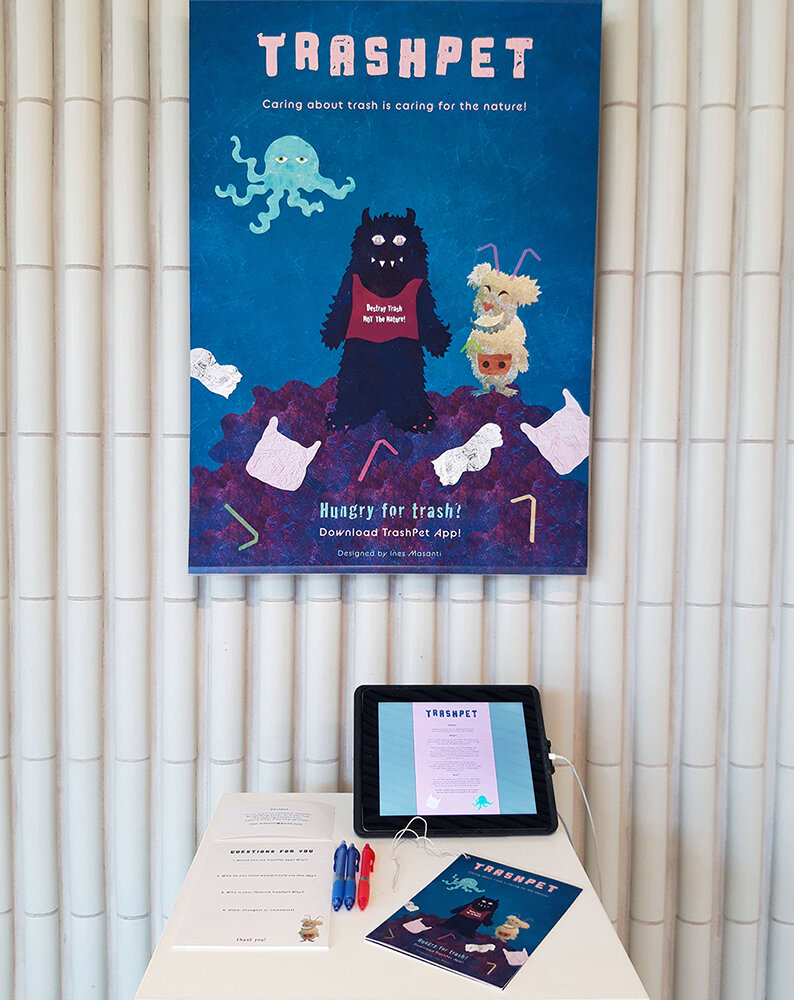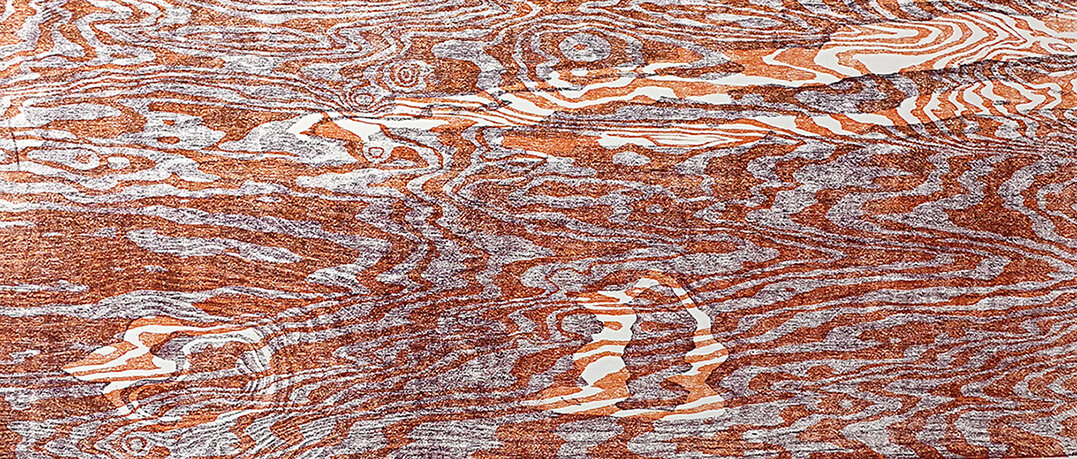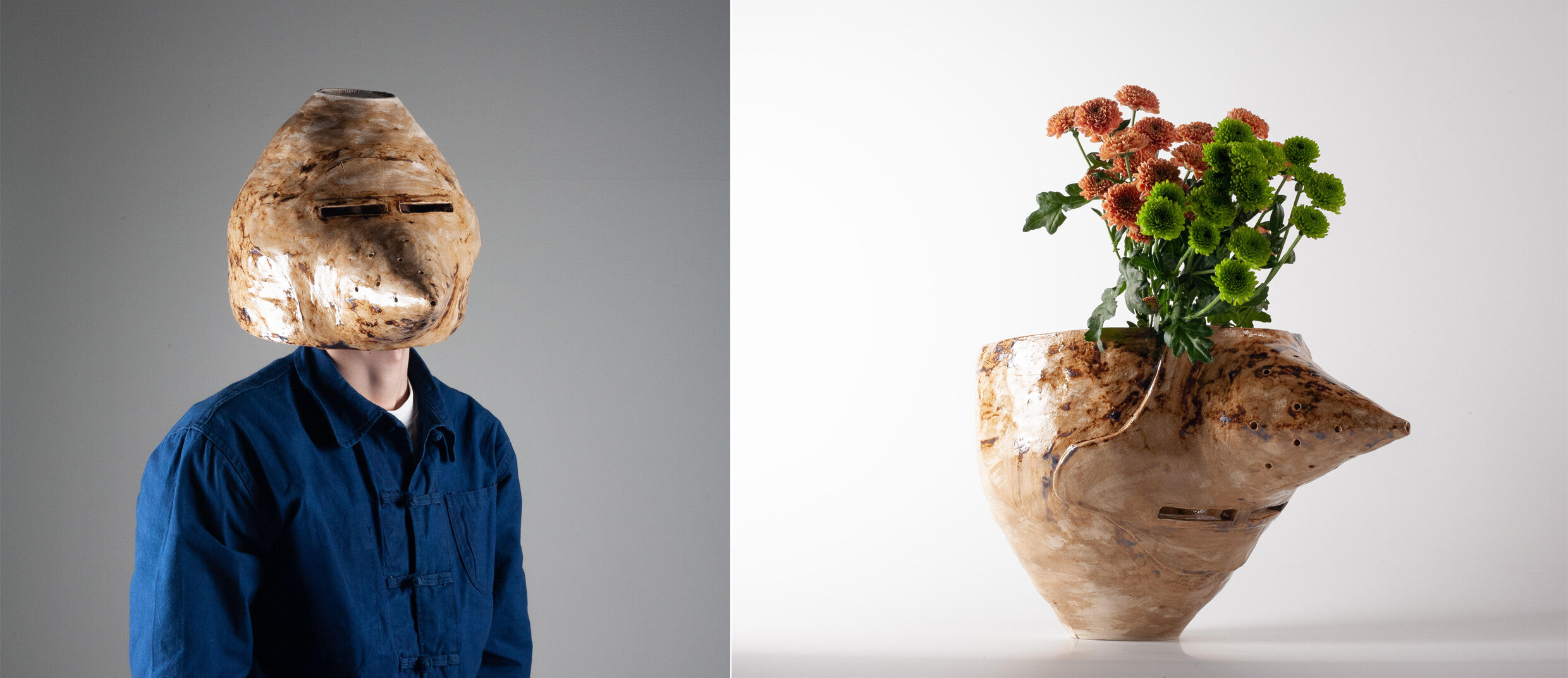Nature of Process: Exhibition by the students of the ‘Personal Exploration’ Course
Nature of Process is a multi-material exhibition of 14 Master´s students of Aalto ARTS. Presented works are made using different techniques from various viewpoints under the subject of nature. The works present the ways in which we understand and interact with nature. Our interpretations are affected by our own experiences and cultural backgrounds.
In March the students made a study excursion to Posio, Lapland. In Posio they spent time in nature and started their personal processes. The serene, snowy surroundings and the possibility to be far away from daily routines created an inspiring atmosphere for the students to get to know each other and to go deeper into the topic both in a physical and mental way. The working method based strongly on self-reflection and critical thinking, both in written and discussed forms. What came to be an important part of this process was the open sharing of thoughts and experiences between the students from different designerly and artistic backgrounds. The enabling and supportive approach among the students made it safe to also challenge ideas.
Materials and their natural features were a crucial part of the course subject as we started our journey with the material experiments. During the creative process, we pondered the following questions: Is all the matter around us a possible source of material? What can a material teach and say to us? What happens when you listen to the material and let it lead your process as a co-worker? What is the nature of the material, nature of us and the nature of the process?
Students:
Anni Avela, Kaisa Jäntti, Liisa Kaunsivirta, Hanna Kutvonen, Erik Lindahl, Pietro Lora, Niko Mankinen, Ines Masanti, Laura Meriluoto, Lisa Nossen, Henna Nuutinen, Pauliina Purhonen, Tyko Sallinen, Liisa Vuorenpää
Teachers:
Gianluca Giabardo, Krista Kosonen and Maarit Mäkelä
Venue:
11.04.-19.04.2019 at Harald Herlin Learning Centre
The Device, Niko Mankinen
Materials: Recycled timber, pine tar
Once when everything – birth, life, death and gods – were found in nature, he mediated between the world of living and the world of dead, above and under the surface. He went beyond, met the ones who no longer belong here and came back.
Stone women, Henna Nuutinen
Materials: Clay
Go a little bit closer and hear if they have something to tell you.
Year 2119, Hanna Kutvonen
Materials: Cotton fabric, wool, sewing yarn
The future does not seem bright. We as human beings have the tendency to think that we are not a part of the animal kingdom and because of that we don’t see ourselves being one of the species about to be extinct. But we are with horrible speed, destroying our living environment and along with that we are going to ruin it for every other species too, if the change doesn’t happen now. Year 2119 is an experiment with new techniques that made me let go of perfectionism and just work freely without knowing exactly what the end result will look like.
TrashPet, Ines Masanti
Often we use nature for our own needs. Our environment gives us space, materials and inspiration but what do we give back to nature? TrashPet is a game app for cleaning up trash from the environment. It changes habits and thinking and brings joy to moments where it often can not be recognised. Through my work, I want to make trash something we care about, since caring about trash is caring for nature.
Under the Bark, Anni Avela
Materials: Woodcut
What hides under the bark? Behind a solid surface lies a universe of microcosmoses. Millions of tiny creatures engrave their own paths creating a labyrinth pattern. Following natural features of the wood by cutting open hidden shapes and forms I can dive into the cosmos. Shapes become alive. They are seen as individuals. Floating in a layered universe. Where does one surface end and the other one start? Separated forms unite into one piece.
Ice, Tyko Sillanpää
Materials: Ice
Ancient ice begins to melt. Something inside is revealed.
The forest flips its eyes, Liisa Kaunisvirta
Materials: Plywood, acrylics
“Metsänpeitto” (forest cover, covered by the forest)
— Belief from the Finnish mythology & folklore
You feel sudden energy, the forest flips its eyes and mesmerises you. Surrounded by an unnatural silence, everything appears upside down. Familiar seems strange, you’re lost in the otherworldly. Are you even able to move and talk? Certainly, you can’t track the time or feel the drops of rain on your skin.
How can you get out (if you do)?
You could try turning your clothes upside down or taking all of them off.
Maybe try looking through your legs or a crooked tree branch.
It seems like you’re invisible to the people who are searching for you, they can’t see or hear you.
Maybe a shaman will help by saying a spell to get you to rise back from the earth.
On the other side of the artwork, this story is brought to the present.
Memories of Landscapes, Lisa Nossen
Materials: Copper, brass, ceramics, stones, paper with watercolour and drawings.
Walking in landscapes entails alternations of zooming in and out of the surroundings. I am interested in the world of textures and colours that I discover when walking. In this project, I have explored how memories of landscapes can translate to different materials through a series of experiments. Photographs taken in Jotunheimen National Park in Norway and Madeira. Satellite image of Jotunheimen.
The Guardians, Liisa Vuorenpää
The air is colder than outside and the humidity condenses to the repeatedly painted white walls. Several layers of prohibited pieces of art sheer through and freshly made ones are covering the rest. Even the lightest movement generates an echoing noise. It is difficult to know if one is watching you from a distance or close. Why does a shelter in the middle of the nature become a place, where we feel more vulnerable than secure?
Crusade, Pietro Lora
The medieval war-helmet is a tool used during war to protect the head of its user. During use, he is also isolated and hidden, so that he can focus on the action he is determined to do and not care about the rest. In relation with Nature, man is always trying to dominate it with his strongest weapon, technology. But the technology shown in the helmet is medieval, it’s obsolete and it’s passed away, even if its purpose is still present, the war. In this work the helmet is re-use as a vase for flowers to symbolise embracing Nature, with the re-use of the existing tools, resources but in a different logic. If at the beginning there was a man wearing this helmet, now who is wearing it?
Exhibition poster:










